
Automation with Zapier
Automation with Zapier enables users to integrate and automate tasks across various apps without coding. By creating "Zaps," users can set triggers and actions between applications, streamlining workflows and increasing productivity. This tool is ideal for businesses and individuals looking to save time and reduce manual work.
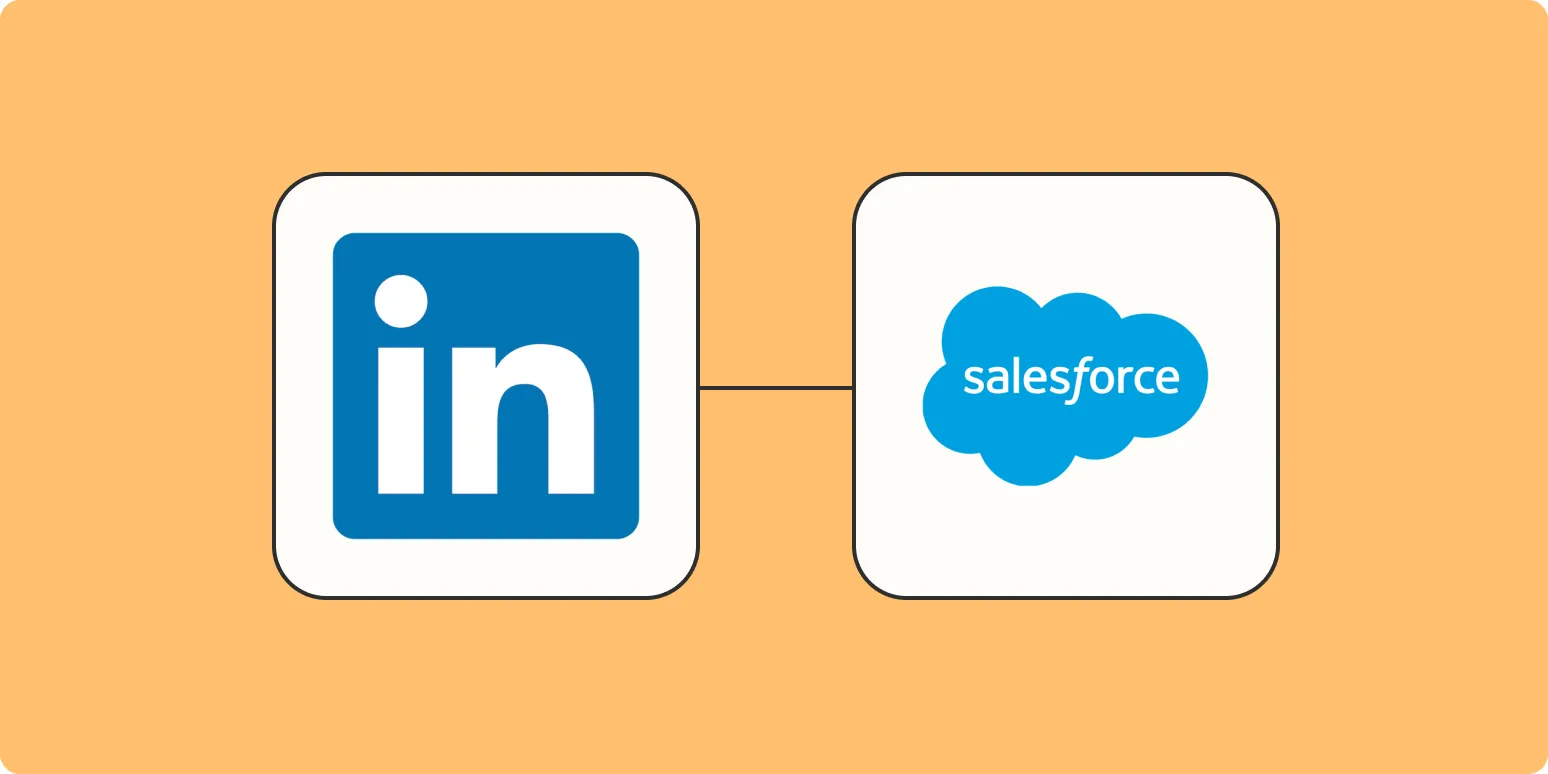
How to add leads from LinkedIn Lead Gen Forms to Salesforce
To add leads from LinkedIn Lead Gen Forms to Salesforce, begin by integrating LinkedIn with your Salesforce account through a third-party tool or API. Once connected, set up a data mapping process to ensure that the fields from the Lead Gen Forms align with the corresponding fields in Salesforce. After configuration, leads submitted via LinkedIn will automatically sync with your Salesforce database, allowing for streamlined lead management and follow-up within your sales processes. Regularly monitor the integration for any issues.
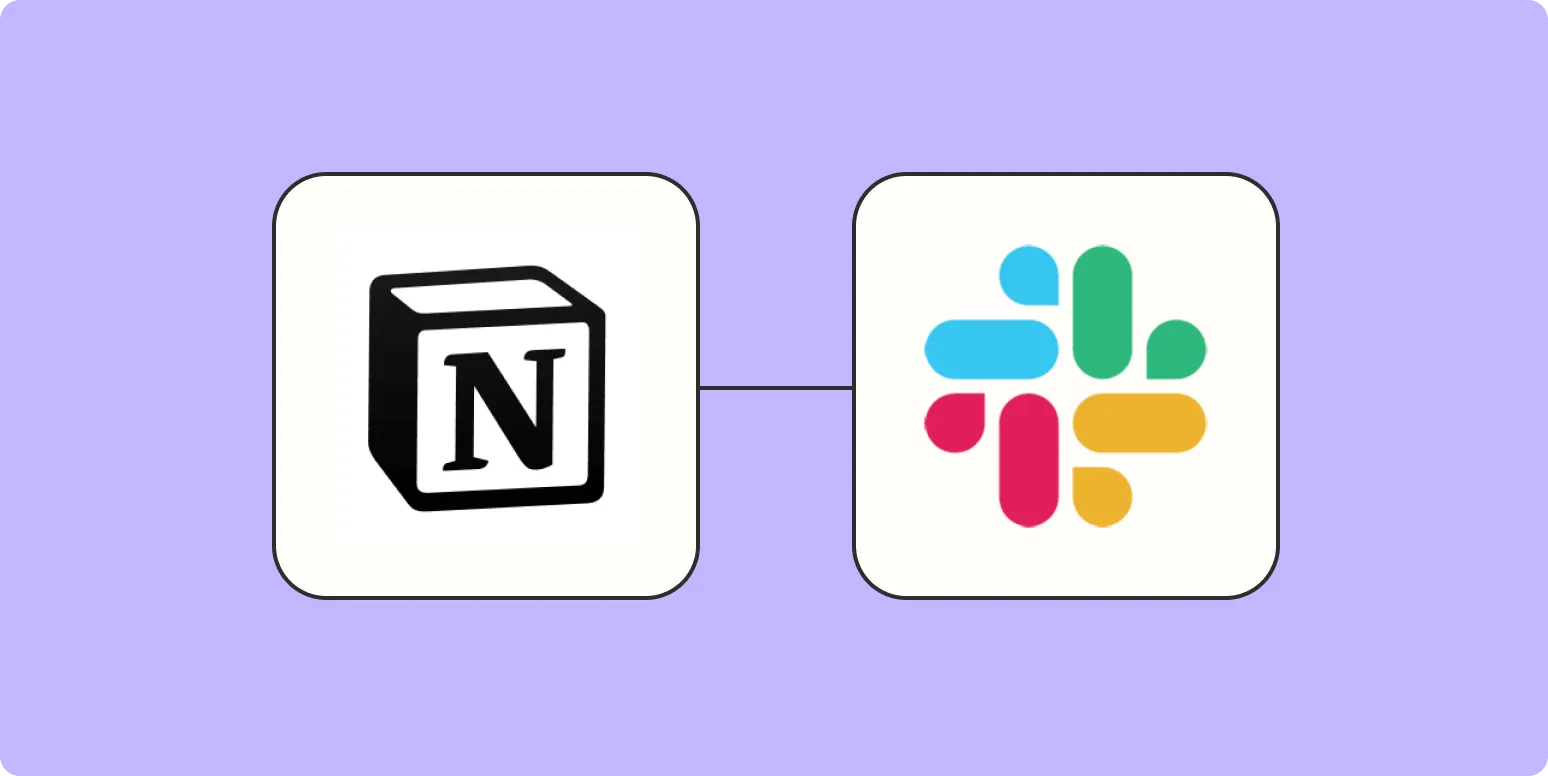
How to integrate Notion with Slack
Integrating Notion with Slack enhances collaboration by allowing teams to share updates and information seamlessly. Start by using Notion’s API to create a connection between the two platforms. You can set up Slack notifications for changes in Notion pages, enabling team members to stay informed without switching apps. Additionally, consider using automation tools like Zapier to create custom workflows that trigger Slack messages based on actions in Notion, streamlining communication and project management across your team.
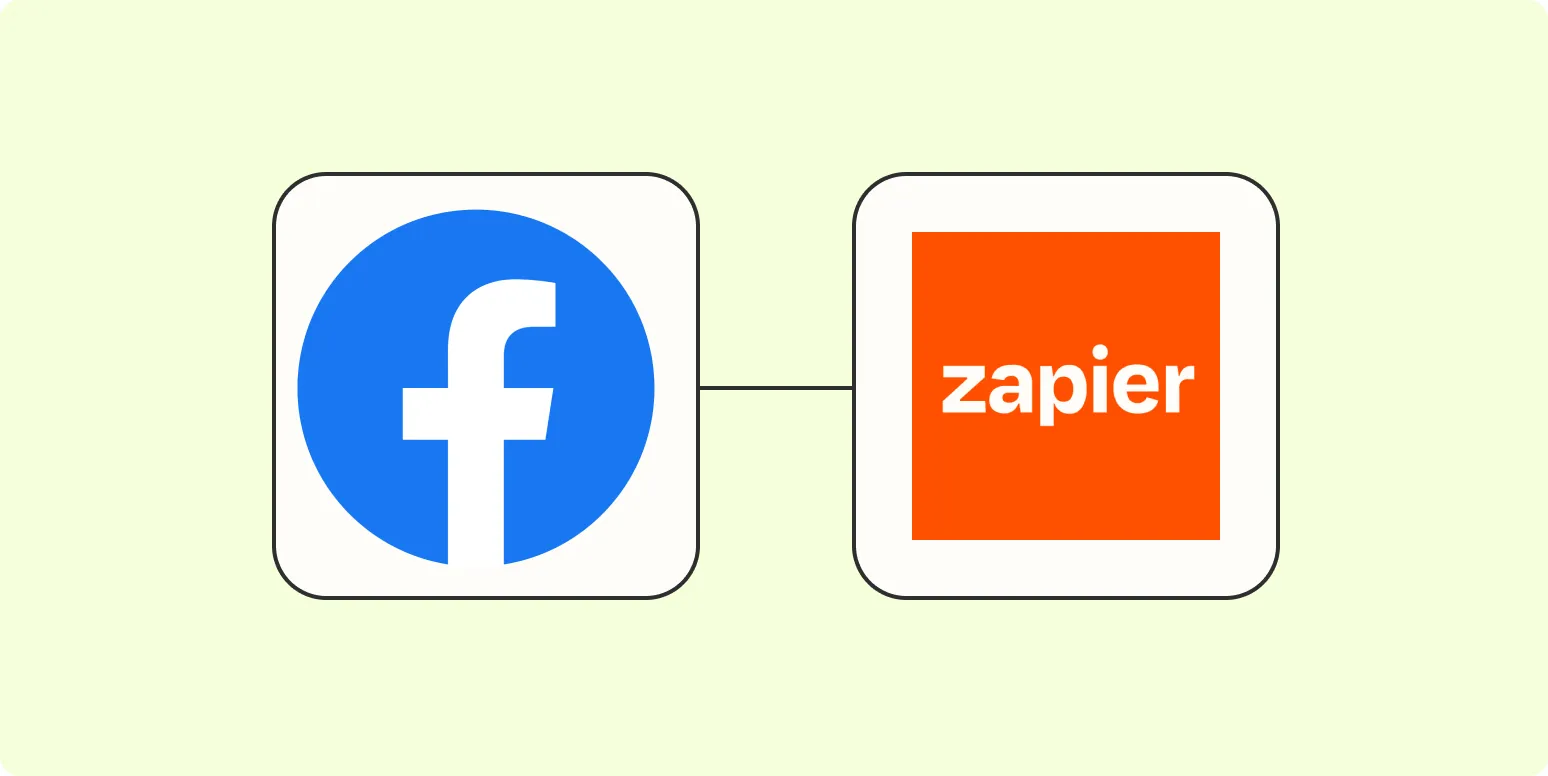
How to automatically track and respond to leads from Facebook Lead Ads
Automatically tracking and responding to leads from Facebook Lead Ads involves integrating your ad campaigns with a customer relationship management system or automation tool. This process allows you to capture lead information instantly and streamline follow-ups. By setting up automated responses, you can engage potential customers promptly, enhancing their experience and increasing the likelihood of conversion. Additionally, utilizing analytics tools helps you monitor the performance of your ads and optimize your strategies for better lead generation.
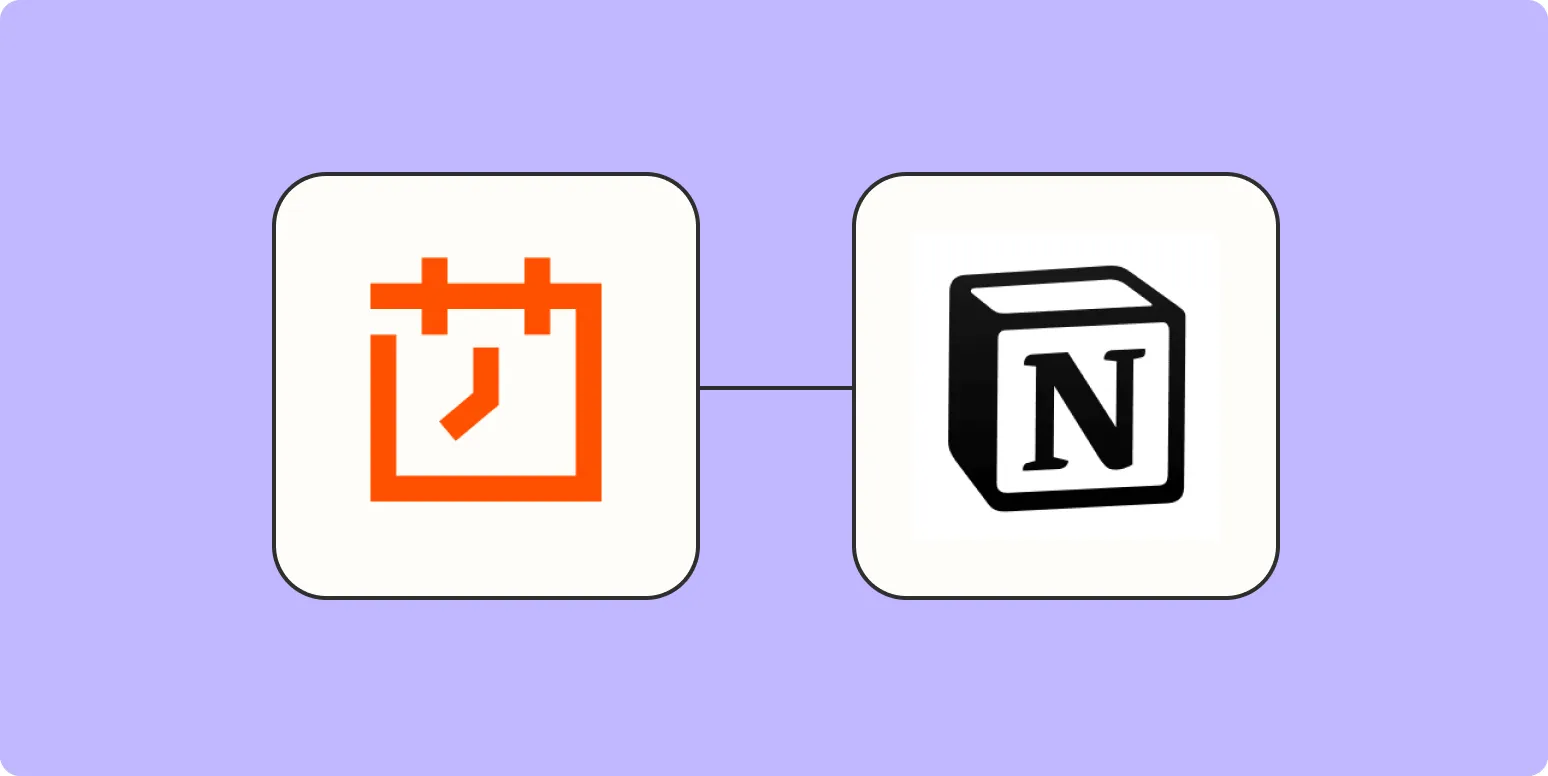
How to automate recurring tasks in Notion
Automating recurring tasks in Notion can streamline your workflow and enhance productivity. Start by creating a database for your tasks, utilizing properties like dates and checkboxes to track progress. Use templates to establish a consistent structure for recurring tasks. Integrate reminders and notifications to ensure you stay on schedule. Additionally, explore third-party tools like Zapier to connect Notion with other apps, allowing for automatic updates and task creation based on specified triggers. This approach helps maintain organization and efficiency.
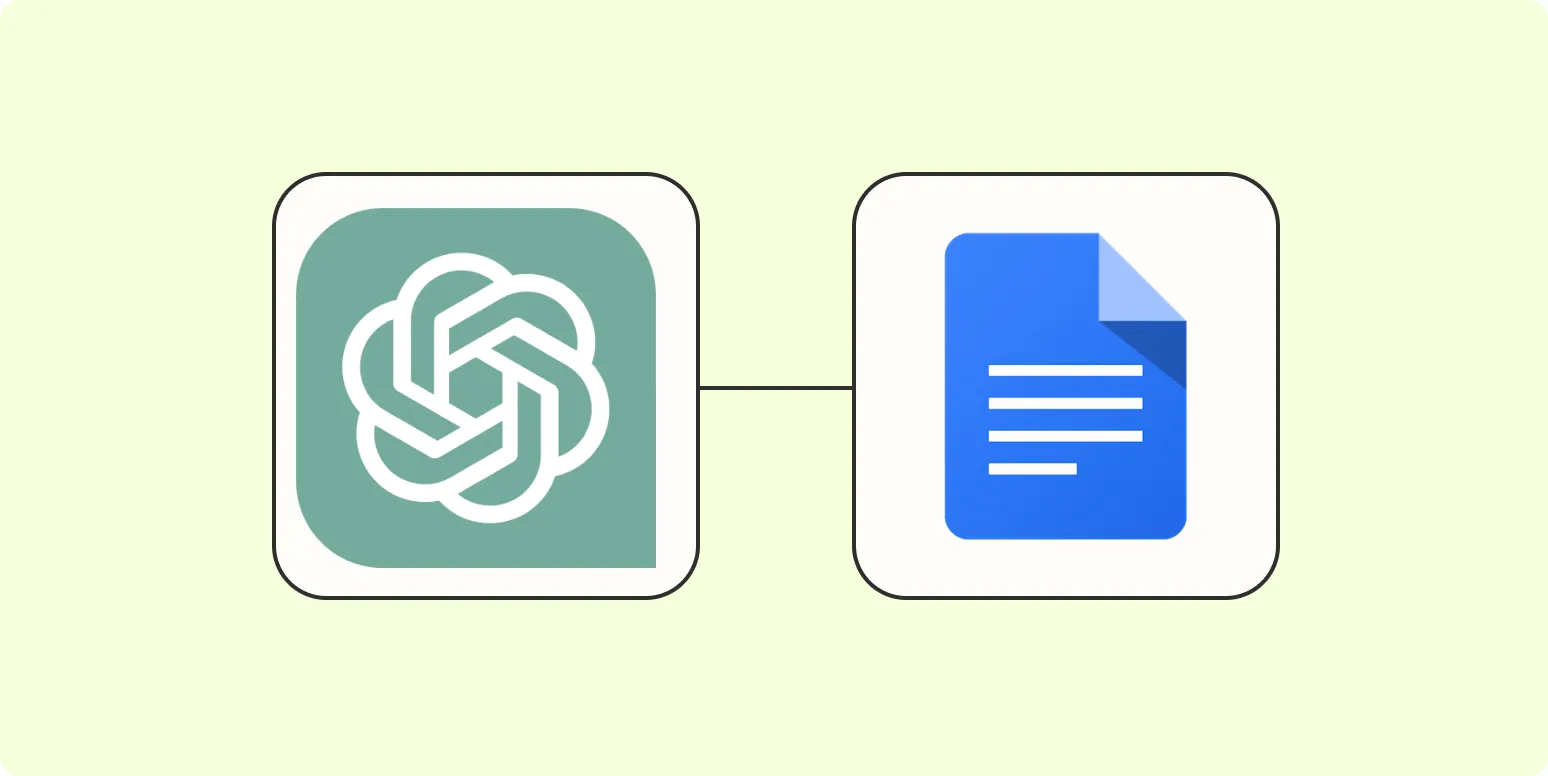
Automate document outlines with ChatGPT and Zapier
Automating document outlines with ChatGPT and Zapier streamlines the process of content creation. By integrating ChatGPT's natural language processing capabilities with Zapier's automation tools, users can effortlessly generate structured outlines for various documents, such as reports, articles, or presentations. This combination allows for quick drafting, ensuring consistency and saving time. As users input specific prompts, ChatGPT crafts tailored outlines, while Zapier manages workflows, facilitating an efficient content development process that enhances productivity and creativity.
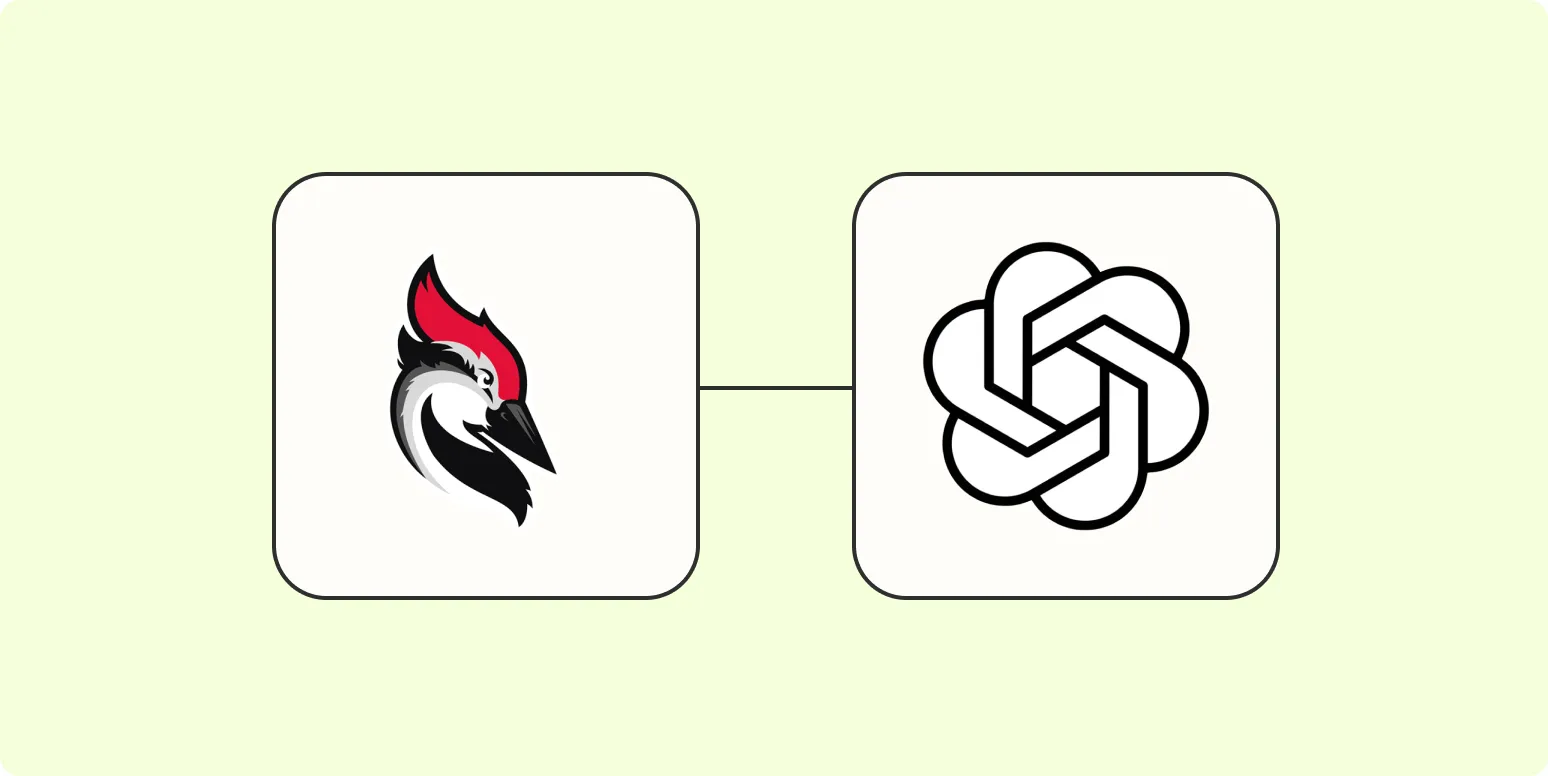
How to automatically write cold emails for Woodpecker prospects with OpenAI
Discover how to leverage OpenAI to streamline your cold email outreach for Woodpecker prospects. By integrating AI-generated content, you can craft personalized and engaging messages that resonate with potential clients. This approach not only saves time but also enhances the effectiveness of your campaigns by tailoring communications to specific needs and interests. With the right prompts, OpenAI can generate compelling subject lines and body text, making your outreach more efficient and impactful.
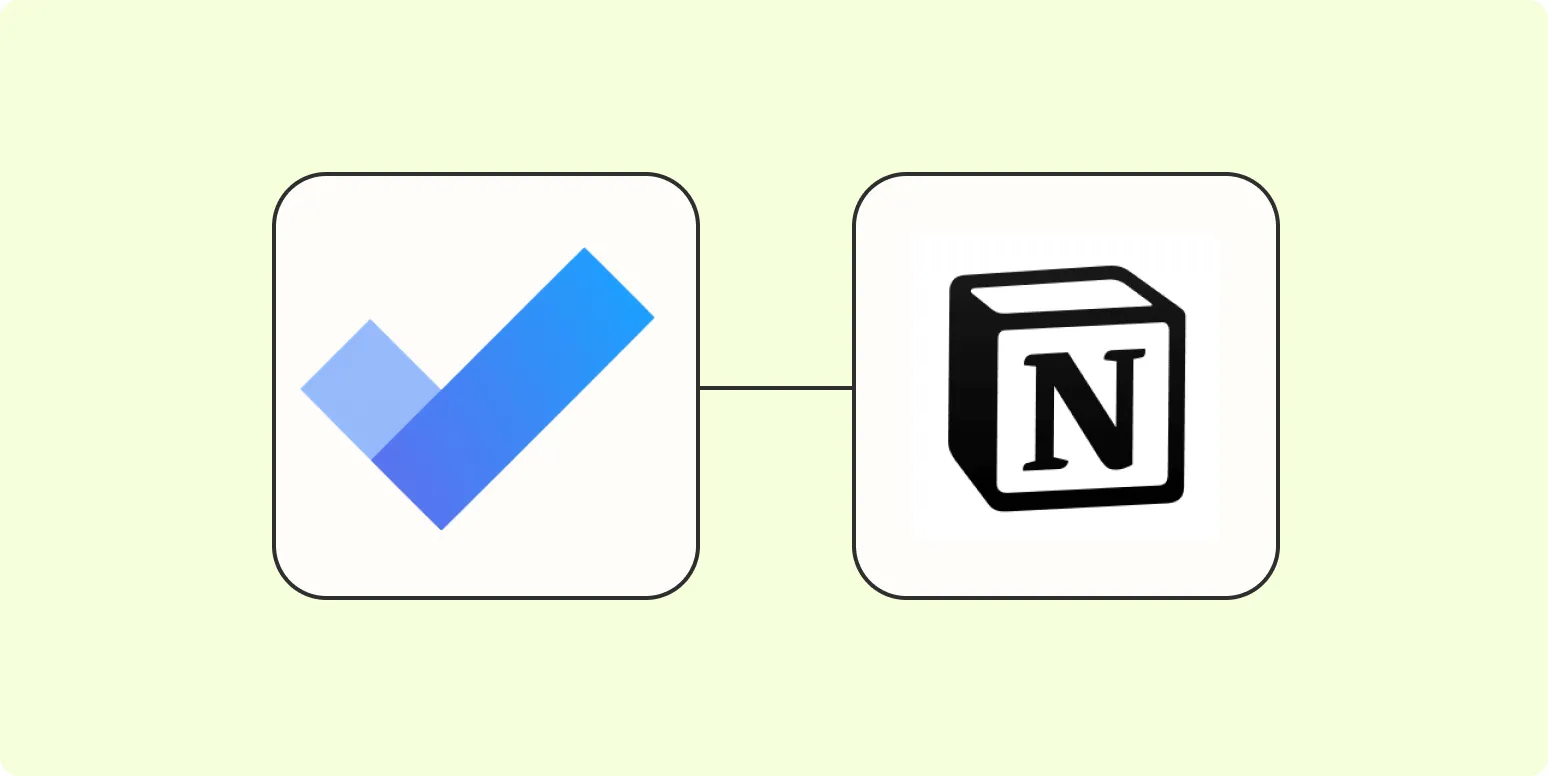
How to automatically add Microsoft To Do tasks to Notion
To automatically add Microsoft To Do tasks to Notion, you can utilize automation tools like Zapier or Automate.io. Start by connecting both applications within the chosen automation platform. Set a trigger for new tasks created in Microsoft To Do, and define an action to create a corresponding entry in Notion. Customize the fields to ensure relevant task details are transferred, such as titles and due dates. This seamless integration allows for efficient task management across both platforms.
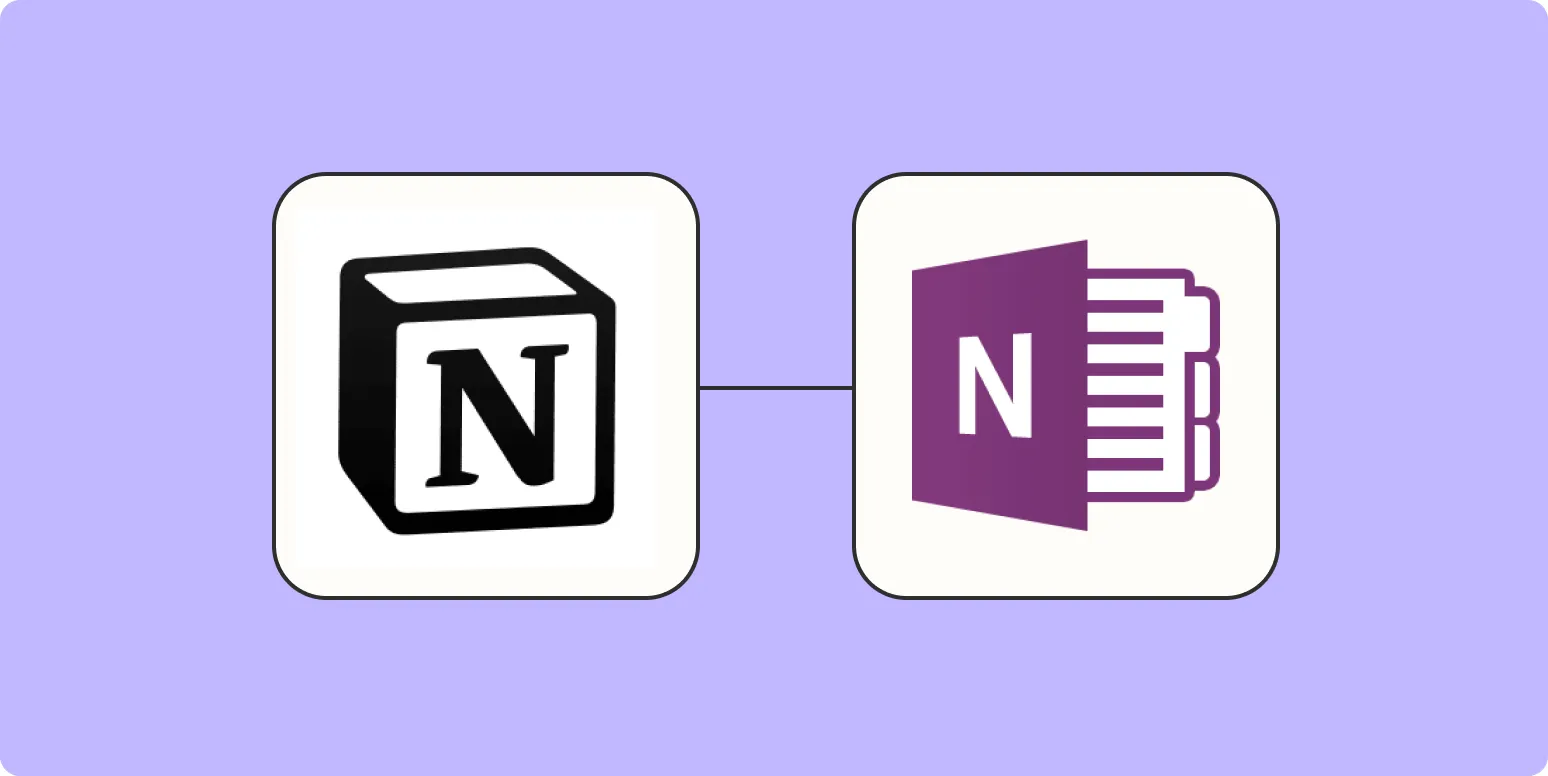
How to create a new note in OneNote from a Notion database
To create a new note in OneNote from a Notion database, start by accessing your Notion workspace and locating the database entry you wish to transfer. Copy the relevant content, including text, images, or links. Next, open OneNote and navigate to the desired notebook and section. Paste the copied information into a new note. Organize the note as needed, adding tags or additional formatting to enhance clarity. This process allows for seamless integration of data between the two platforms.
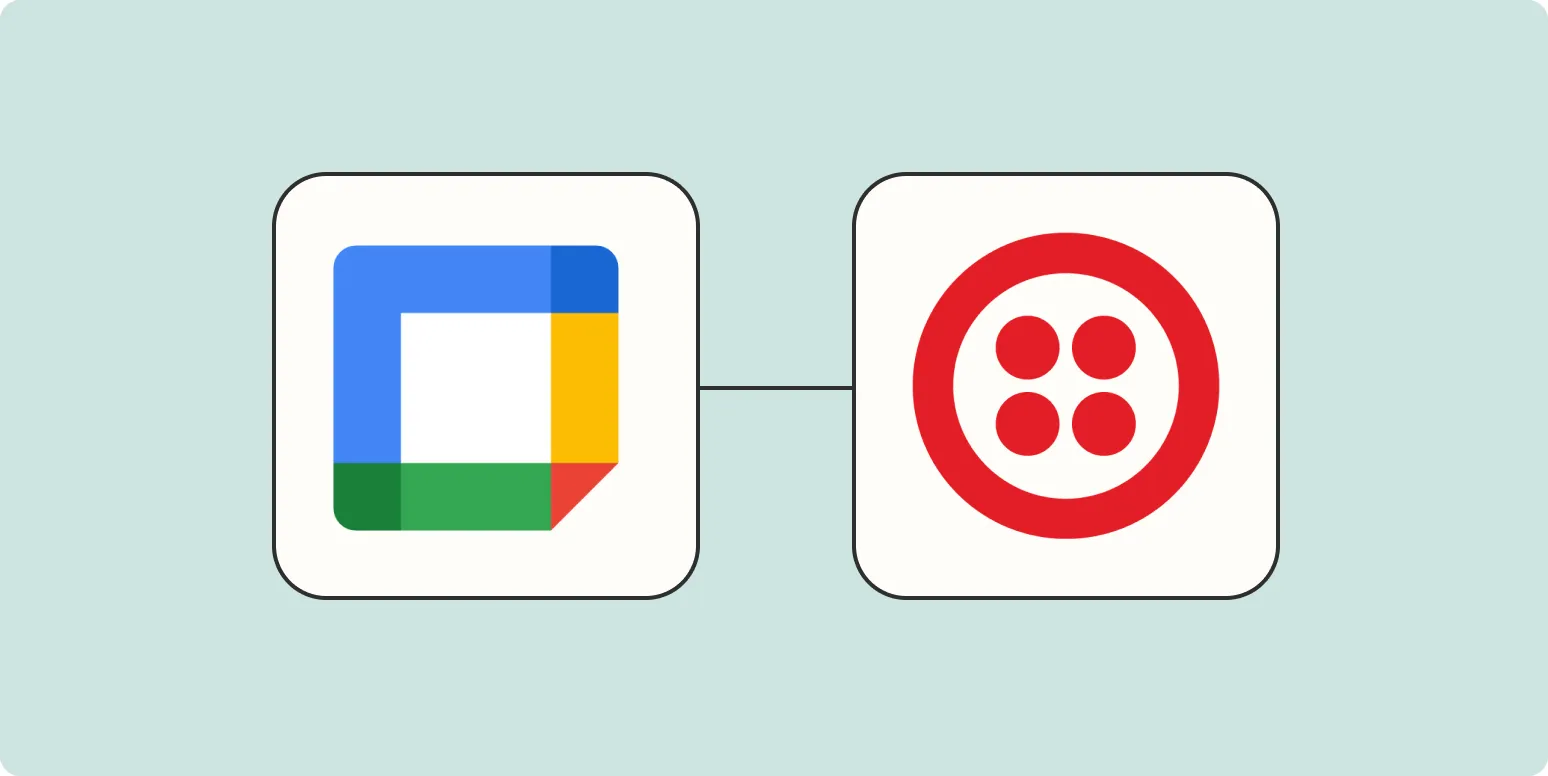
Google Calendar shut down SMS notifications. Here's how to keep getting them.
Google Calendar has discontinued SMS notifications, leaving many users seeking alternatives to stay updated on their events. To continue receiving notifications, users can switch to email alerts or use mobile app notifications on their smartphones. Additionally, integrating Google Calendar with third-party applications like Slack or other messaging platforms can help maintain real-time updates. By adjusting settings within the calendar app or utilizing alternative communication tools, users can ensure they remain informed about their schedules without missing important reminders.
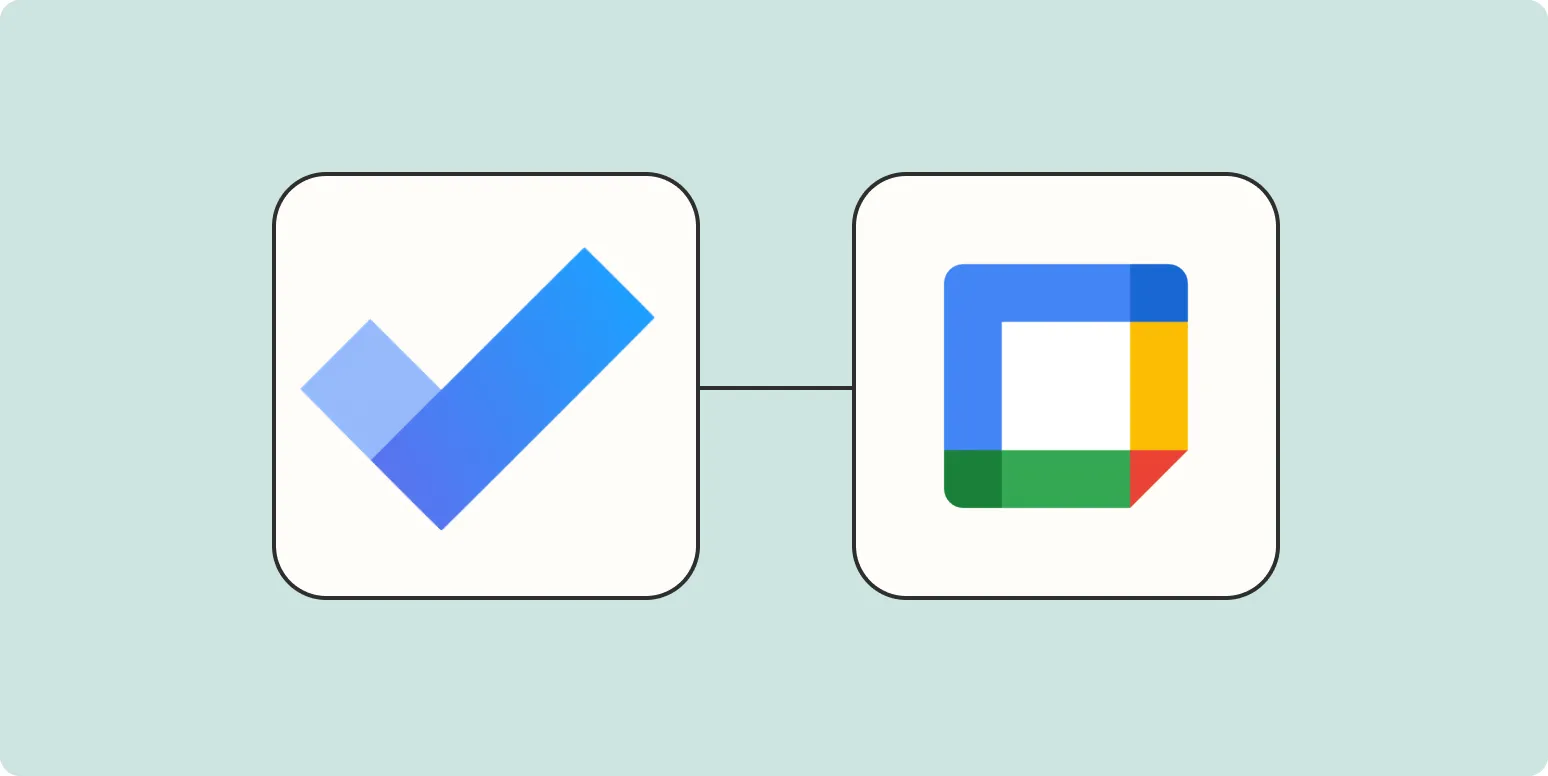
How to create Google Calendar events from Microsoft To Do tasks
To create Google Calendar events from Microsoft To Do tasks, start by ensuring both applications are connected through your preferred account. Open Microsoft To Do and select the task you want to turn into an event. Copy the task details, including the title and due date. Then, switch to Google Calendar and create a new event, pasting the task information into the relevant fields. Adjust the time and add any additional details before saving the event, making your schedule seamlessly integrated.

Get email alerts for new Facebook Messenger messages
Stay updated with your Facebook Messenger conversations by setting up email alerts for new messages. This feature ensures you never miss important notifications, even when you're away from the app. By linking your Messenger account to your email, you can receive instant alerts that keep you informed of incoming messages. This convenience enhances your communication experience, allowing you to respond promptly and stay connected with friends and family, regardless of your device's status. Enjoy seamless communication with this useful tool.
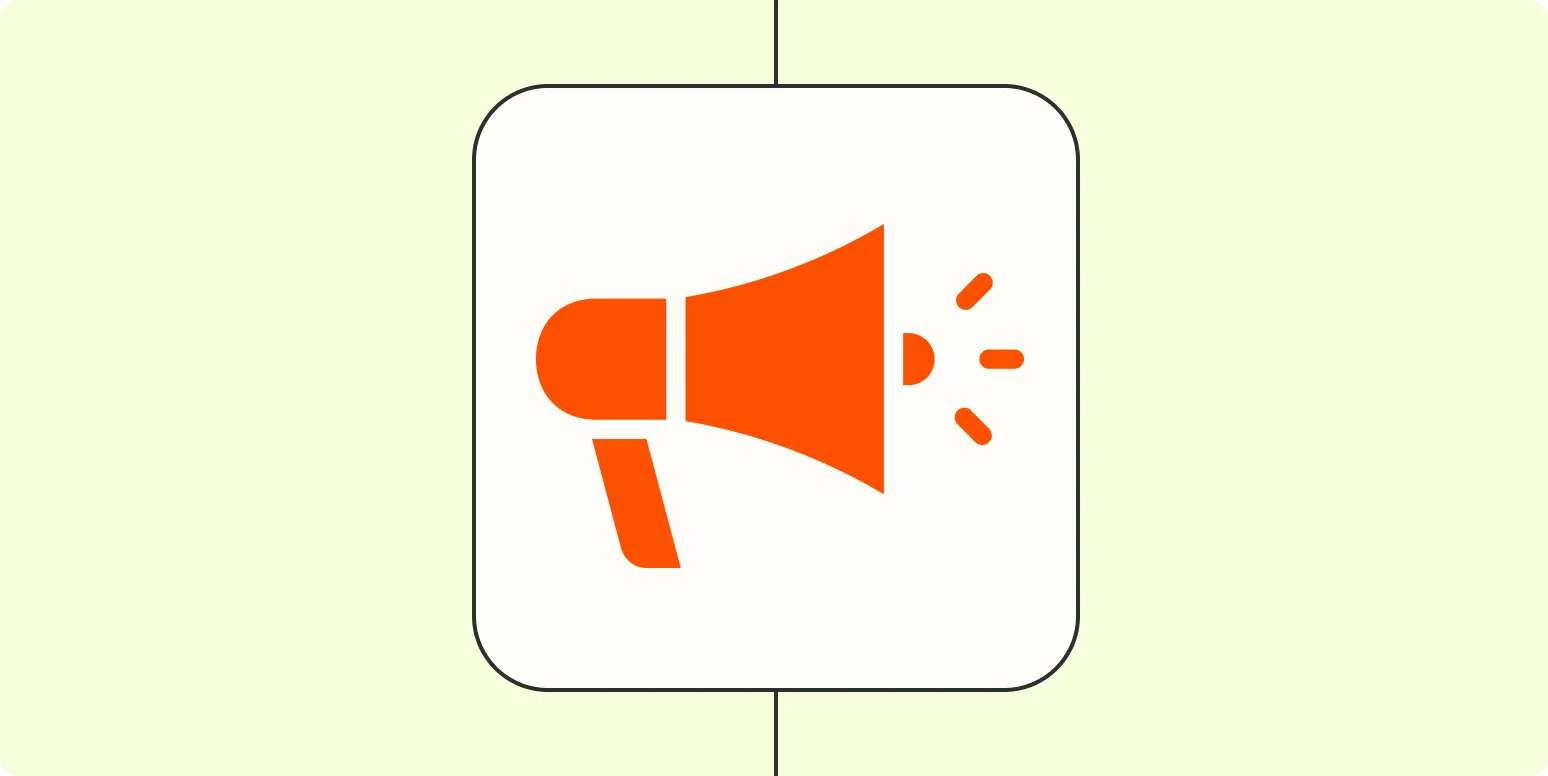
How to automate your event promotion with Zapier and ChatGPT
Automating event promotion using Zapier and ChatGPT can streamline your marketing efforts significantly. By integrating these two powerful tools, you can create workflows that automatically generate promotional content, schedule social media posts, and send personalized emails to your audience. ChatGPT can help you craft engaging messages, while Zapier connects various apps to ensure your promotions reach the right people at the right time. This synergy allows for efficient and consistent outreach, freeing you to focus on other aspects of your event planning.
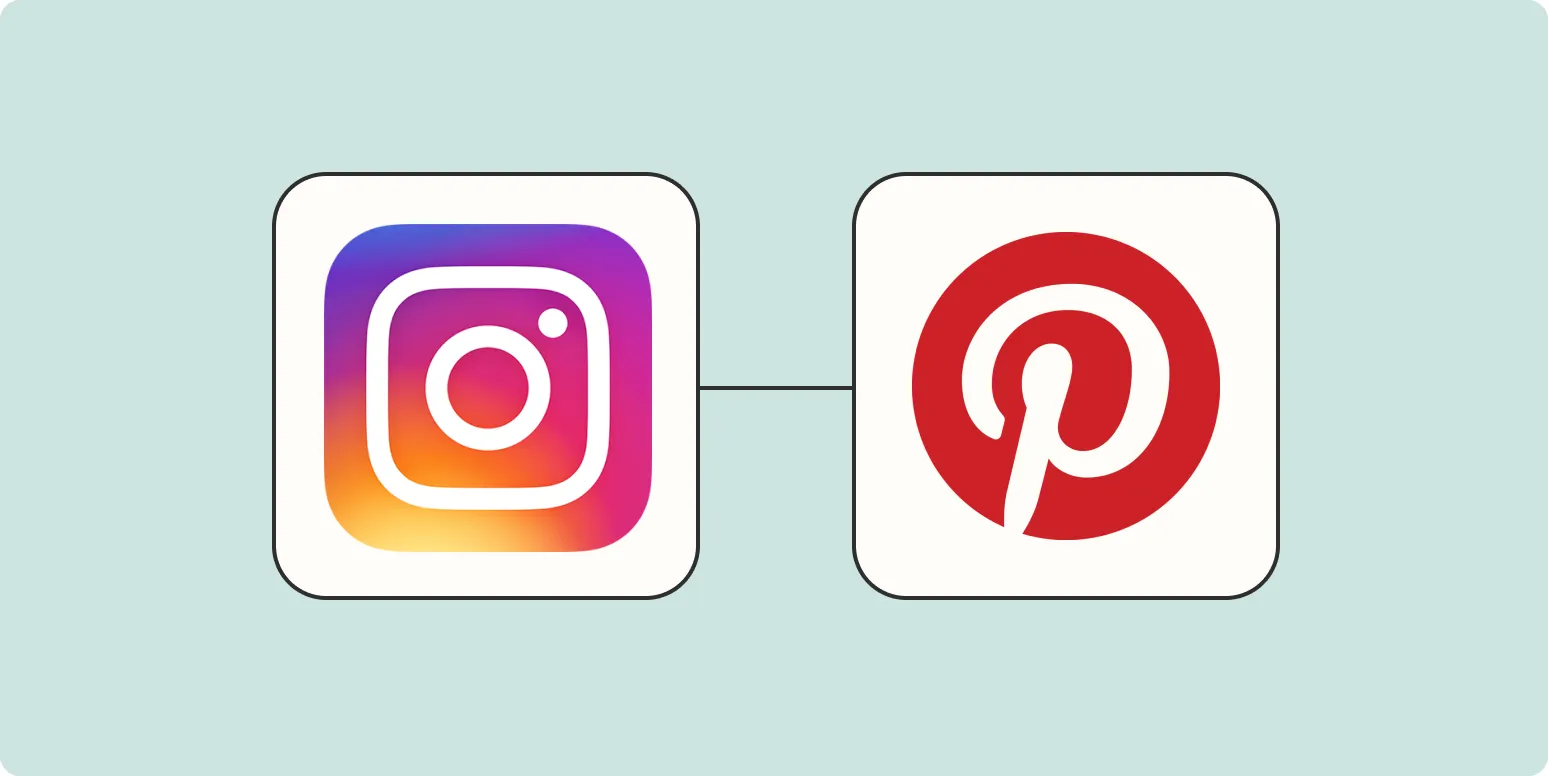
How to automatically share Instagram photos on Pinterest
To automatically share Instagram photos on Pinterest, start by linking your Instagram account to a third-party automation tool like IFTTT or Zapier. Create a new "recipe" or "zap" that triggers whenever you post a new photo on Instagram. Set the action to upload that photo to a designated Pinterest board. Customize the post description and settings to suit your needs. Once set up, your Instagram photos will seamlessly appear on Pinterest, saving you time and expanding your audience effortlessly.
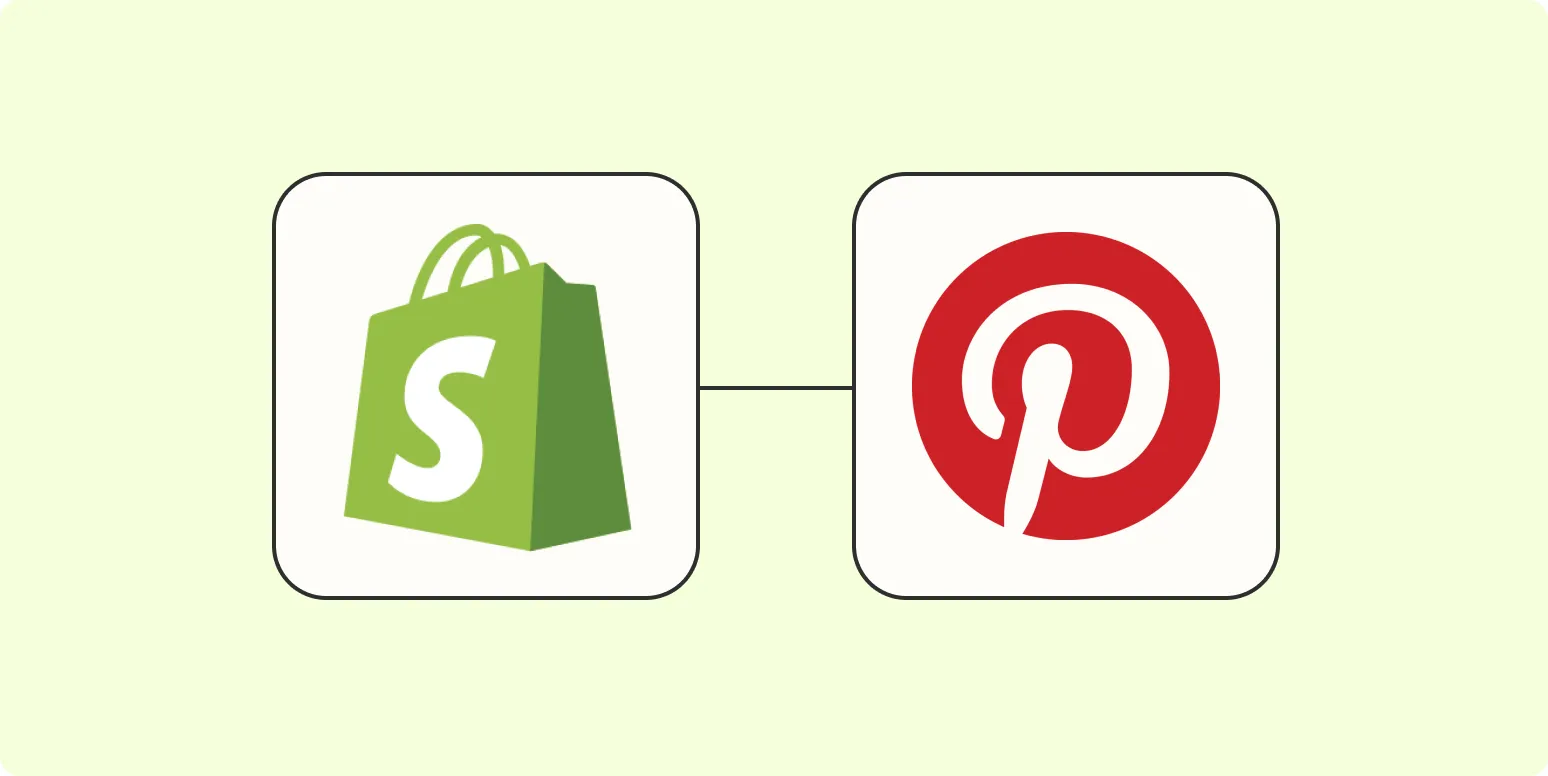
Automatically post new Shopify store items to Pinterest
Automatically posting new Shopify store items to Pinterest streamlines your marketing efforts by seamlessly integrating your e-commerce platform with social media. This process allows you to showcase your products to a wider audience, enhancing visibility and driving traffic to your store. By connecting your Shopify account with Pinterest, every new item added to your store can be instantly shared on your Pinterest boards, saving time and ensuring that your latest offerings are always promoted effectively. This automation can boost engagement and sales potential.

Track offline conversions in Google Ads with Zapier
Track offline conversions in Google Ads using Zapier by integrating your sales data with your ad campaigns seamlessly. This process allows you to capture customer interactions that occur outside of your online ads, such as phone calls or in-store purchases. By automating the data transfer from your CRM or other sources into Google Ads, you can gain valuable insights into the effectiveness of your advertising efforts, improve targeting strategies, and ultimately enhance your return on investment.
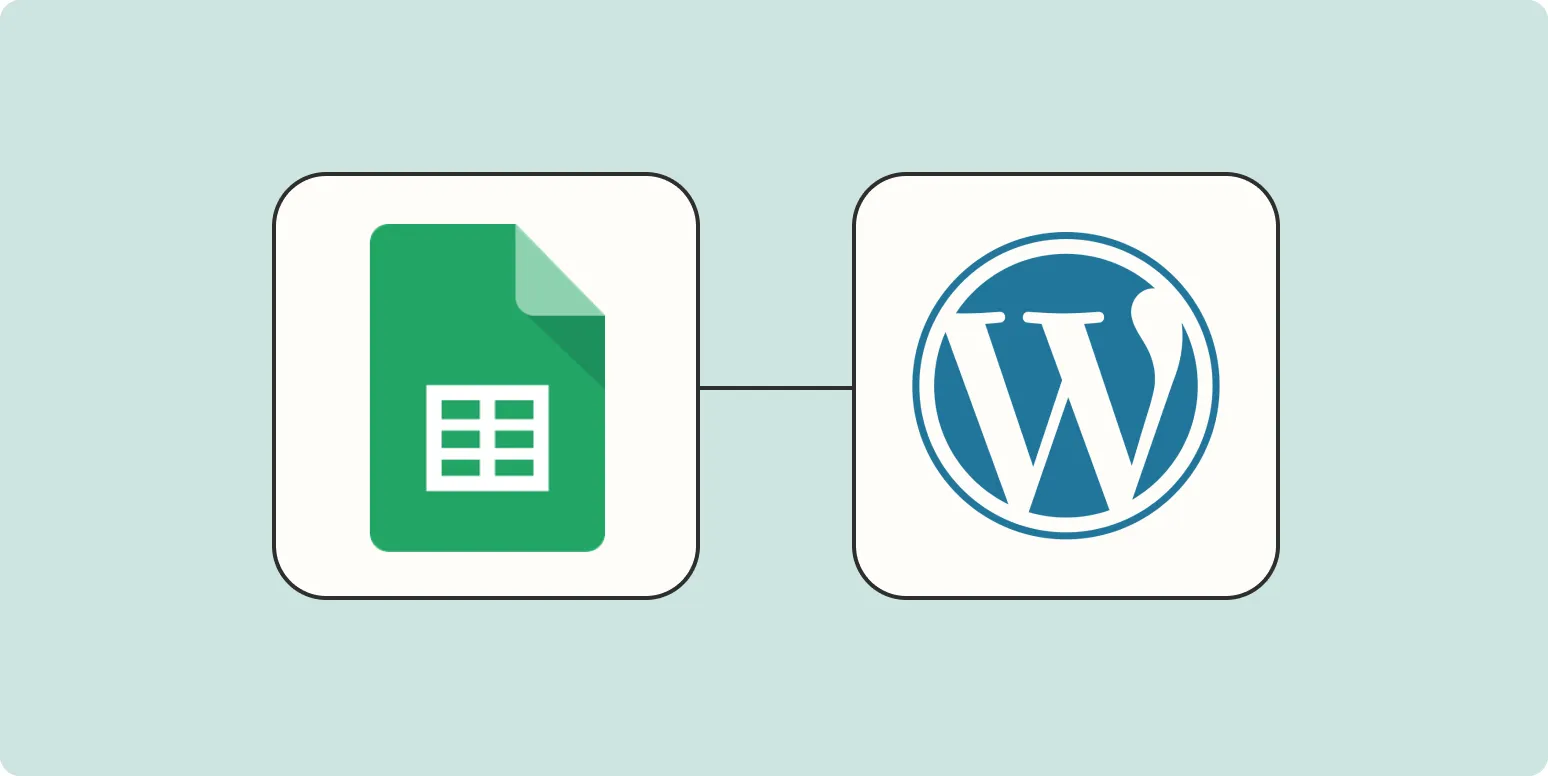
How to connect Google Sheets to WordPress
Connecting Google Sheets to WordPress allows you to display dynamic data on your website easily. To establish this connection, you can use plugins like WP Table Manager or the Google Sheets integration feature in tools like Zapier. These methods let you pull data from your spreadsheets and present it in various formats on your site. This integration not only streamlines data management but also ensures that your website content stays updated in real-time, enhancing user experience and engagement.

How to automatically save Gmail attachments to a Google Drive folder
Automatically saving Gmail attachments to a Google Drive folder can streamline your workflow and keep your files organized. By using Google Apps Script, you can create a script that triggers when a new email with an attachment arrives. This script can be set to save those attachments directly into your designated Google Drive folder. With a few simple steps, including setting up the necessary permissions and adjusting the script as needed, you can ensure that all your important attachments are securely stored in one location.

How to automatically create tasks from email or Slack messages
Automating task creation from emails or Slack messages can streamline workflow and enhance productivity. Begin by integrating task management tools with your email and messaging platforms, allowing seamless communication. Utilize automation software or bots to detect specific keywords or phrases that indicate actionable items. Configure rules to extract relevant information, such as deadlines and assignees, and automatically create tasks in your preferred task management system. This process reduces manual entry, ensuring that important tasks are captured and prioritized efficiently.
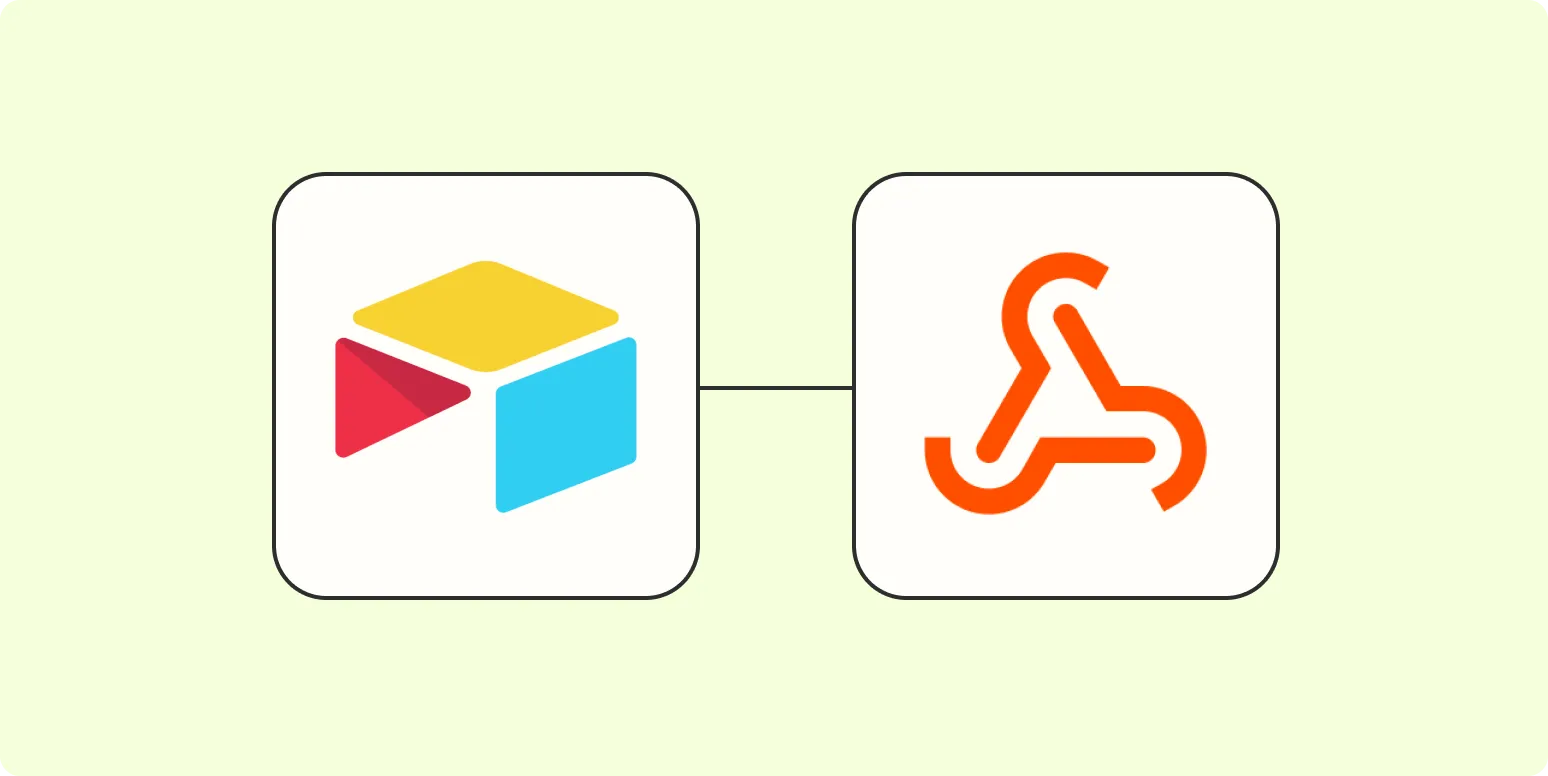
How to connect Airtable to webhooks
Connecting Airtable to webhooks involves creating a webhook URL that can receive data from Airtable. First, set up an automation in Airtable by selecting the appropriate trigger, such as a new record or an updated record. Then, choose the "Send a webhook" action and paste your webhook URL. Customize the data you want to send, which can include specific fields from your records. Once configured, test the automation to ensure data is sent correctly when the trigger occurs.
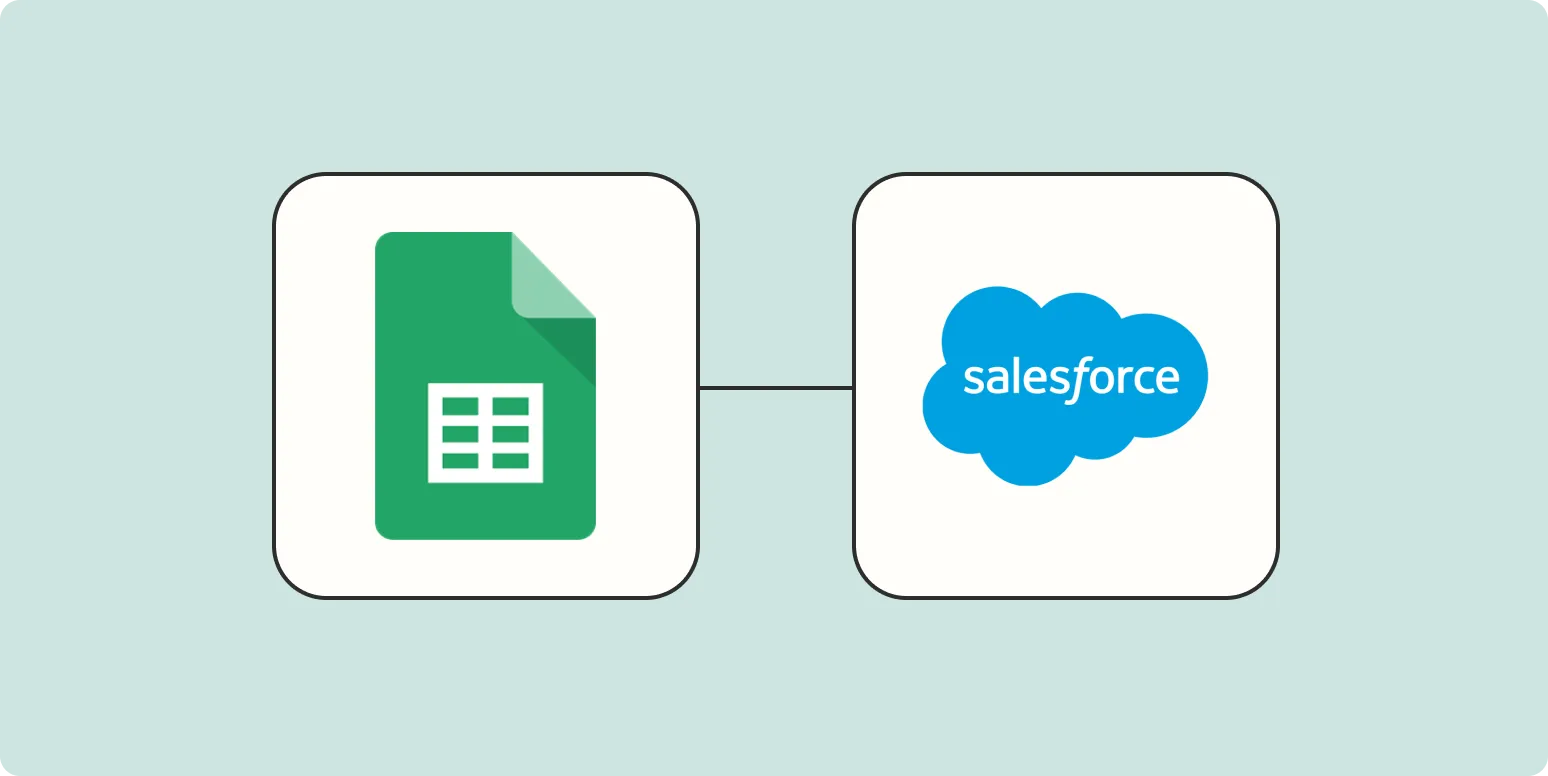
How to connect Google Sheets to Salesforce
Connecting Google Sheets to Salesforce allows you to streamline data management and enhance collaboration. Begin by using a third-party integration tool like Zapier or Coupler.io, which facilitates the connection without extensive coding. Once set up, you can pull data from Salesforce into Google Sheets or push updates from Sheets back to Salesforce. This integration enables real-time data synchronization, helping teams make informed decisions and maintain accurate records while leveraging the strengths of both platforms for improved productivity.